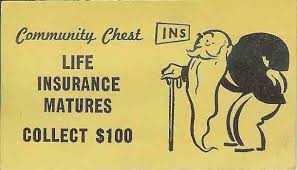 A design firm proved at trial that Hallmark Design Homes built hundreds of houses such as the one on the right, using its copyrighted plans without permission. Hallmark filed for bankruptcy; the remaining issue was whether the claim was “advertising injury” under Mid-Continent’s various liability policies. Mid-Continent Casualty Co. v. Kipp Flores Architects, LLC, No. 14-50649 (Feb. 26, 2015, unpublished).
A design firm proved at trial that Hallmark Design Homes built hundreds of houses such as the one on the right, using its copyrighted plans without permission. Hallmark filed for bankruptcy; the remaining issue was whether the claim was “advertising injury” under Mid-Continent’s various liability policies. Mid-Continent Casualty Co. v. Kipp Flores Architects, LLC, No. 14-50649 (Feb. 26, 2015, unpublished).
The Fifth Circuit affirmed judgment for the insured. After reminding that additional evidence can be offered in a coverage dispute about matters addressed in a prior lawsuit, the Court held: “[I]t is undisputed that Hallmark’s primary means of marketing its construction business was through the use of the homes themselves, both through model homes and yard signs on the property of infringing homes it had built, all of which were marketed to the general public . . . .” Because the homes themselves were “advertisements,” Mid-Continent’s policies covered the prior judgment.
(This post’s title comes from an exchange between Falstaff and Mistress Ford in The Merry Wives of Windsor.)



